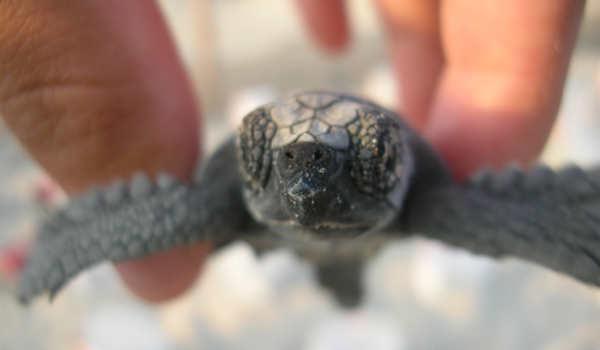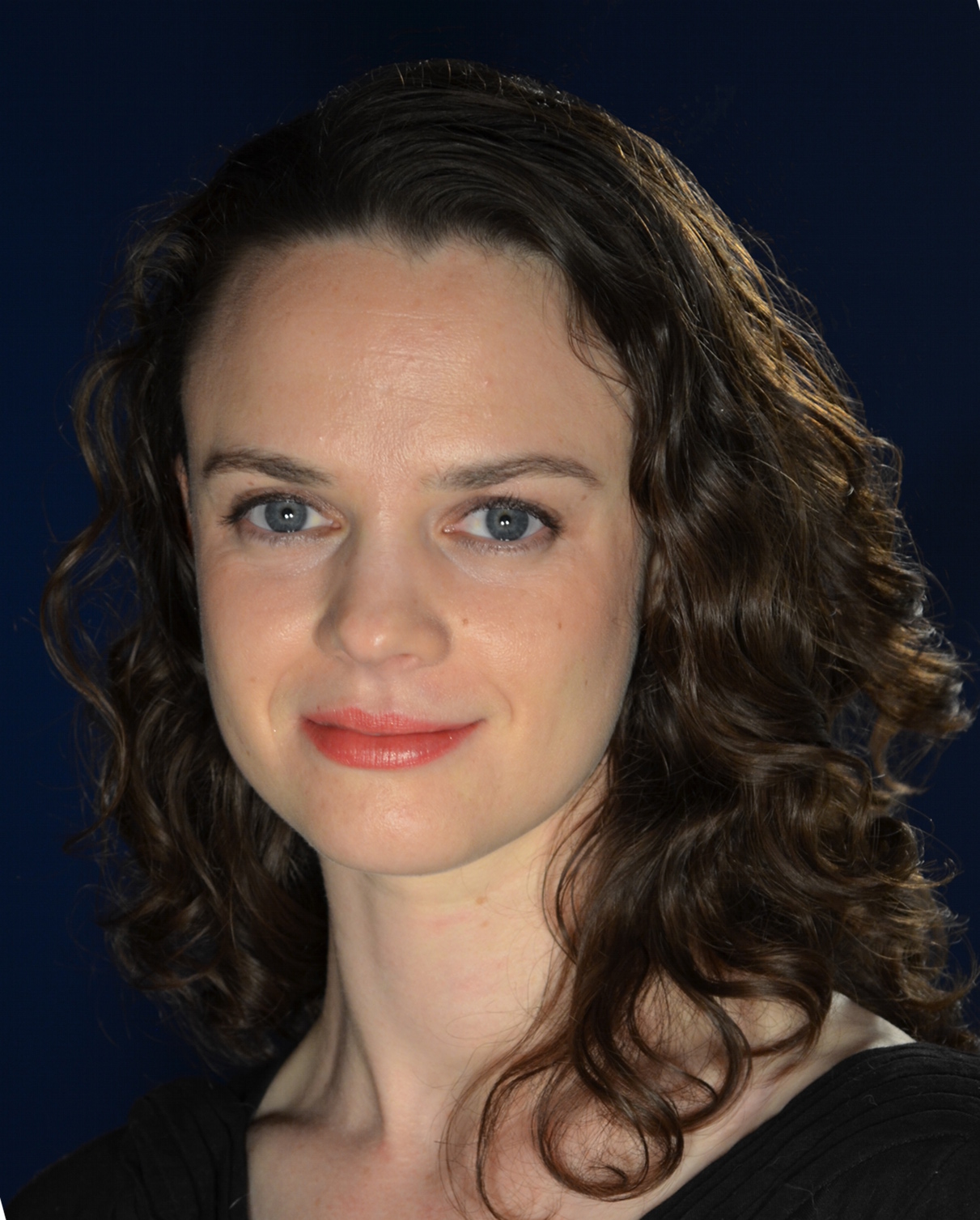What Will Happen During the Next 100 Days of the Gulf Oil Spill?

Exactly 100 days after an explosion on the Deepwater Horizon offshore oil rig sent an estimated 20,000 to 40,000 barrels of oil per day gushing into the Gulf of Mexico, officials say engineers are on the cusp of completing a final plug on the well.
But scientists say it could take decades to comprehend the toll the last 100 days took on wildlife -- from sea turtles to bacteria.
Workers successfully sealed the Macondo oil well on July 15, stopping the flow of the oil for the first time since the April 20 explosion that killed 11 workers.
The next 100 days will bring further work on the well, with the aim of making sure it doesn't begin leaking again.
National Incident Commander Admiral Thad Allen told reporters Tuesday that engineers aim to start the "static kill" process of pumping mud and cement down the well by Aug. 2.
Then, about five days after BP confirms that the static kill has successfully overcome the pressure of the uprising oil, Allen said workers will start the "bottom kill" strategy of pumping mud and cement into the well from 15,000 to 17,000 feet (4,570 to 5,180 meters) below the surface sealing the Macondo well for good.
In the days ahead, the cleanup effort will continue.
Get the world’s most fascinating discoveries delivered straight to your inbox.
"No matter how much oil is on the water, the commitment to continue this cleanup onshore or in the marshes, to continue to make sure that we all agree on how clean is clean, that we hold BP accountable -- this will continue far after the relief well is completed," Allen said in a daily press briefing on July 26.
From the vantage point of research vessels in the Gulf and rescue operations on the coast, scientists told Life's Little Mysteries that it would take years just to assess the damage.
[Read: Oceans in Peril: Primed for Mass Extinction]
The Gulf's turtles
Efforts to help turtle populations in the Gulf recover will continue during the next 100 days. But the effort will go on because scientists have deemed it a better alternative than leaving the nests where they are.
"This is really unprecedented. We've never seen anything like this in our country," said Barbara Schroeder, National Sea Turtle Coordinator for the National Oceanic and Atmospheric Administration (NOAA).
Currently, oil covers approximately 638 miles (1,026 kilometers) of Gulf shoreline, according to the Deepwater Horizon Incident Joint Information Center, which represents a collective of government agencies and BP officials.
Birds and sea mammals became the immediate focus of many cleanup crews, as did the sea turtle eggs buried under the sand waiting to hatch. All five species of sea turtles living in the Gulf of Mexico are endangered, Schroeder said.
Moving the turtle nests carried "significant risks," including killing the eggs. "It's not something that we would ever do under normal circumstances," Schroeder said.
But the coordinated effort to move hundreds of nests to safer waters will continue. So far, scientists have released 460 rescued hatchling turtles onto the east coast of Florida, according to NOAA.
Schroeder said she can only hope that about 35 years from now, when these hatchlings reach maturity, they will still have the same instinct to return to the beaches where their mothers nested to lay eggs.
"These are endangered and threatened species already, any new and significant effects are not what we are looking for," said Schroeder.
The dead zones
The size of the "dead zones," where low oxygen levels cause marine life to languish and die, may grow in the coming days.
Known dead zones in oceans are caused by fertilizer runoff. The fertilizer spurs algae into a feeding frenzy, creating algal blooms that rob the surrounding water of oxygen when they eventually die and decompose, to the point that the area is uninhabitable by fish and other forms of life.
In May, researchers from the University of Texas Marine Science Institute set out to study the existing dead zones and found that oil may also trigger their formation.
When professors Wayne S. Gardner and Zhanfei Liu tested an area they thought to be free of the dead zone effects, they found low oxygen levels.
"It was at our normal control station, which doesn't usually have low oxygen," Gardner said.
Gardner and Liu now hypothesize that floating oil, which can carry hydrocarbons such as methane, is also creating low-oxygen zones in the Gulf in a similar way to algae. Bacteria feeding on the hydrocarbons may deplete oxygen from the surrounding water. Then, the bacteria persist when oxygen levels drop because, unlike other forms of marine life, they don't need it to survive.
But because oil can come and go quickly from an area, Gardner and Liu can only test their idea by examining oil in sea floor sediments and oxygen levels there.
"The Gulf, with the warm temperature and the sunshine, can break down the oil really fast," Liu said. "It spreads out, the bacteria attacks the oil really fast. This is not like the oil spill in Alaska.
Hurricanes
Undoubtedly, hurricanes will visit the Gulf within the next 100 days hurricane season won't end until the beginning of December.
NOAA researchers studied the potential combination of hurricanes and the oil and concluded that "the oil slick is not likely to have a significant impact on the hurricane."
But scientists cannot predict how a hurricane might disperse the oil.
Currently about 9,500 personnel and more than 3,700 vessels -- including skimmers, tugs and barges -- are working in cleanup efforts , according to the Deepwater Horizon Incident Joint Information Center.
Got a question? Email it to Life's Little Mysteries and we'll try to answer it. Due to the volume of questions, we unfortunately can't reply individually, but we will publish answers to the most intriguing questions, so check back soon.



